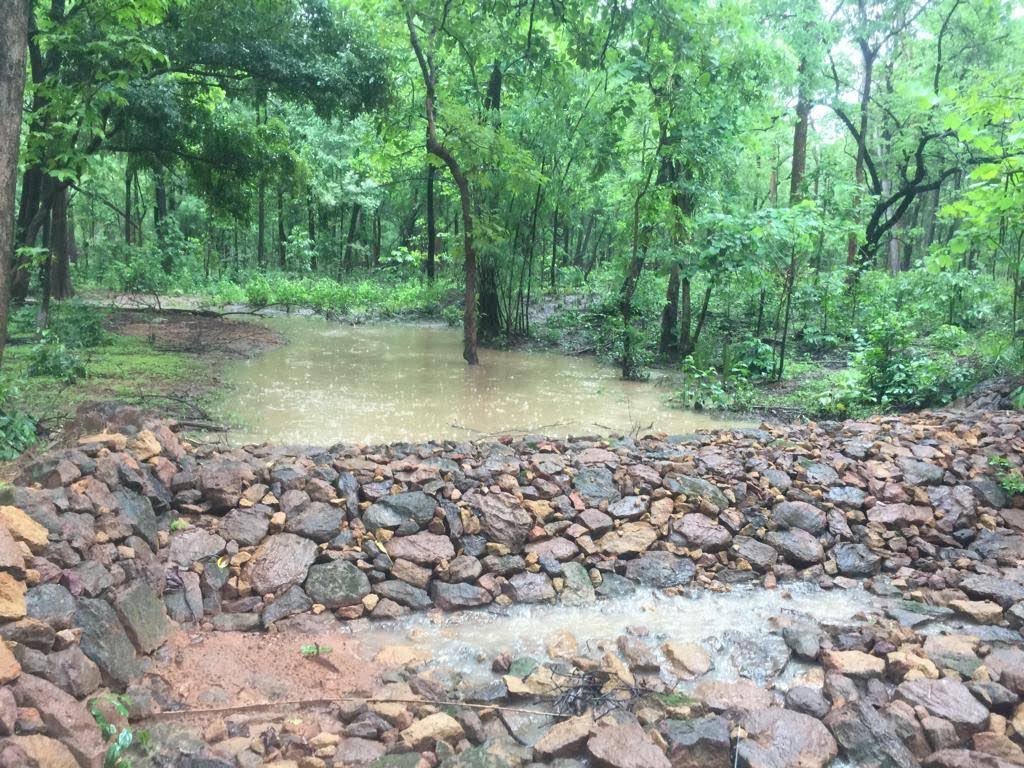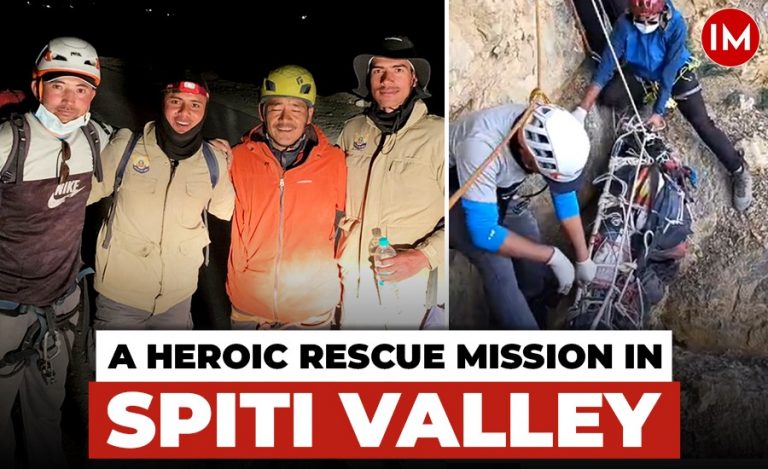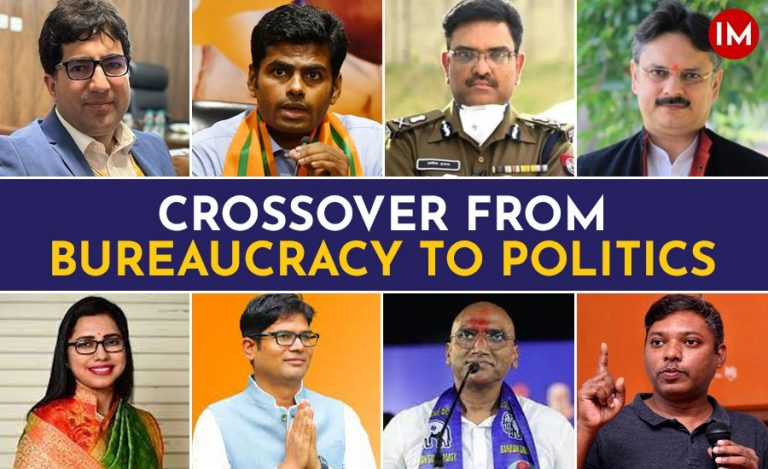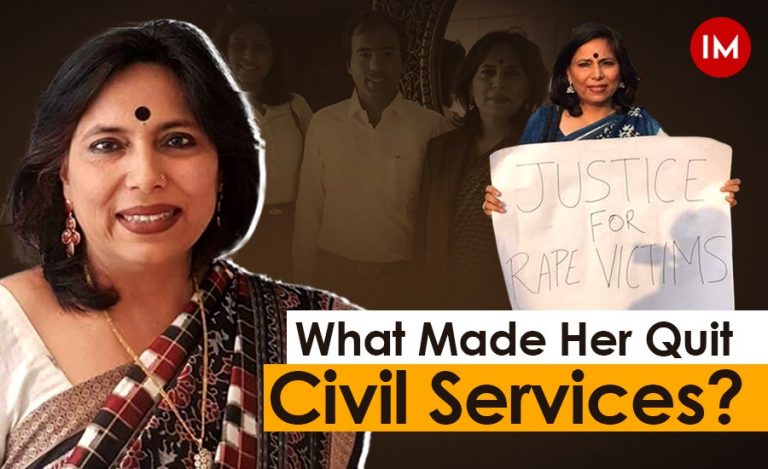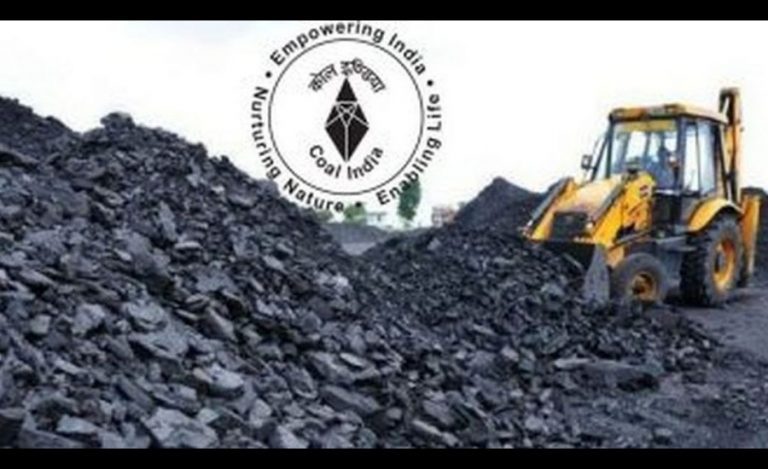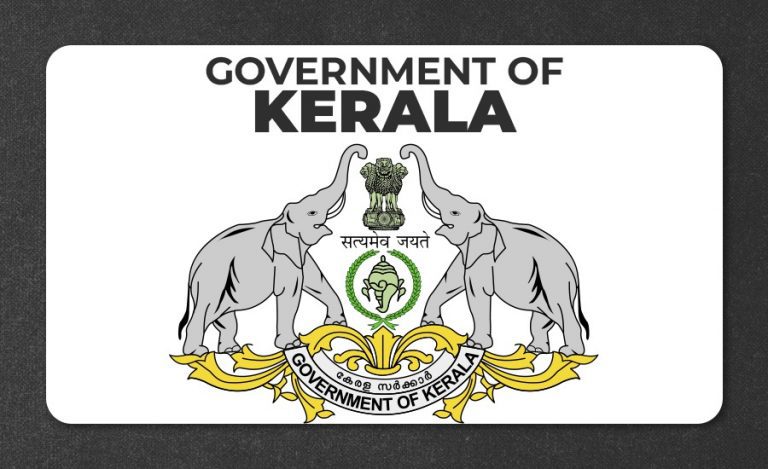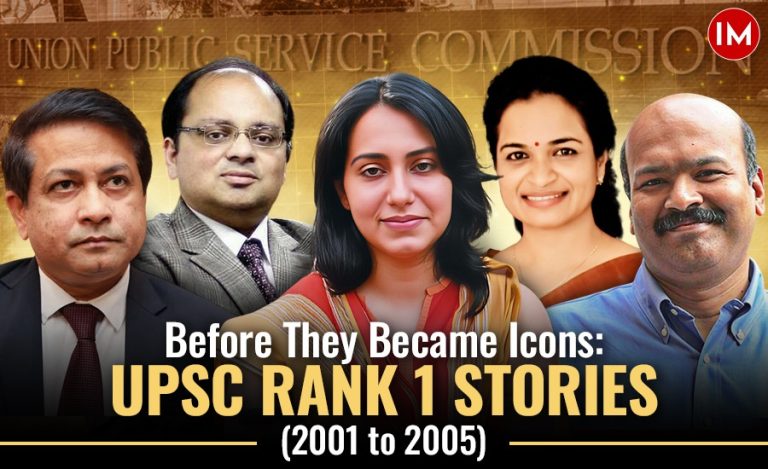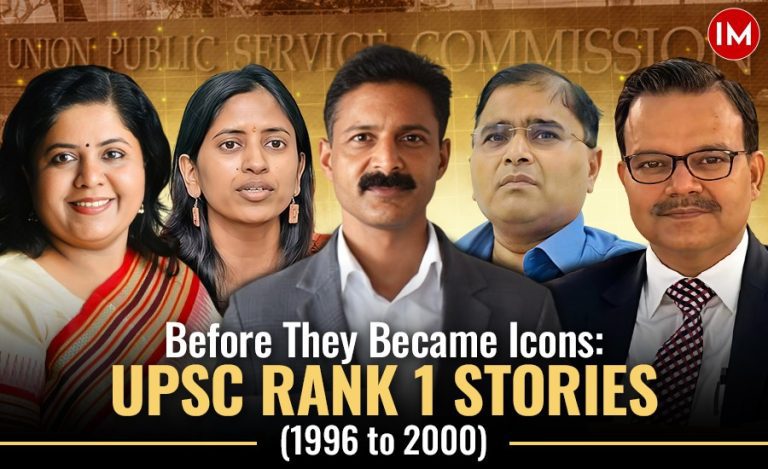Recently, an IFS officer’s tweet on soil erosion aroused lot of curiosity among Twitter users. 1990-batch officer Mohan Chandra Pargaien tweeted about a technique called Rock Filled Dams to arrest soil erosion, that caught the attention of environmentalists and nature lovers, who were curious to know more about it. Many wanted to know about such low cost techniques that can not only prevent soil erosion but also has other benefits like helping big dams, improving ground water level, conserving nature, creating employment opportunities at the local level, etc.
Indian Masterminds interacted with IFS officer Mohan Chandra Pargaien, who is Principal Chief Conservator of Forest (PCCF Development), Hyderabad, to get more information about this technique.
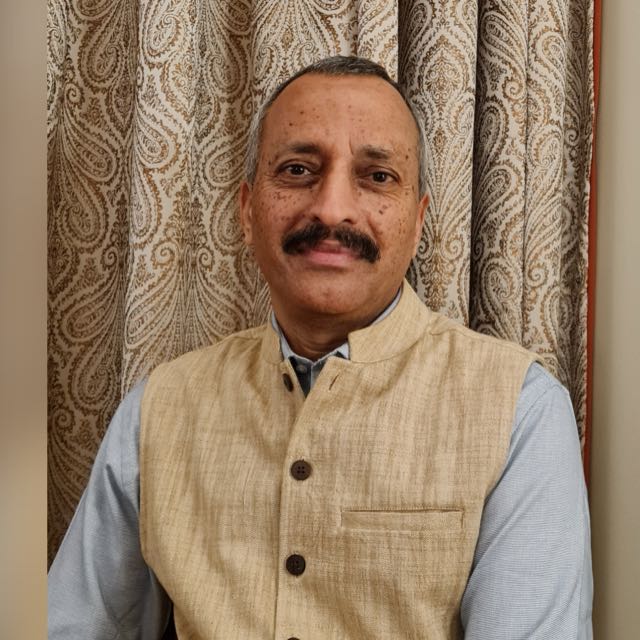
ROCK FILLED DAMS
The officer had tweeted: “How to arrest soil erosion to improve its productivity? Rock filled dams across local gullies are made from stones for storage of water and to arrest soil erosion.” Naturally, it aroused the curiousity of a lot of people and they wanted to know more about rock filled dams. Speaking to Indian Masterminds, Mr. Pargaien said, “There are many ways to arrest soil erosion. This is one of those. It is a very old technology, where rock fill dams are made from stone in the forests. That’s why it is very low cost. When water is stopped, the flowing soil also stops, thereby preventing soil erosion. Often the soil of the forests get flowed away due to rain or flood water. So, at some distance, such dams are built. The forest department practice this technique everywhere in India.”
He also said that since the Save Soil movement is going on, he wanted to tell people that there are many ways to save soil, and this is one of them. “My aim is just to bring awareness. It was tweeted for the same purpose.”
WATERSHED PROGRAMME
Mr. Pargaien further informed Indian Masterminds that this technology has been widely used in the earlier watershed programmes of the central government. Watershed programmes are Integrated Watershed Management Programme (IWMP) that is implemented by the Department of Land Resources of Ministry of Rural Development. The main objective of IWMP is to restore ecological balance by harnessing, conserving and developing degraded natural resources such as soil, vegetative cover and water.
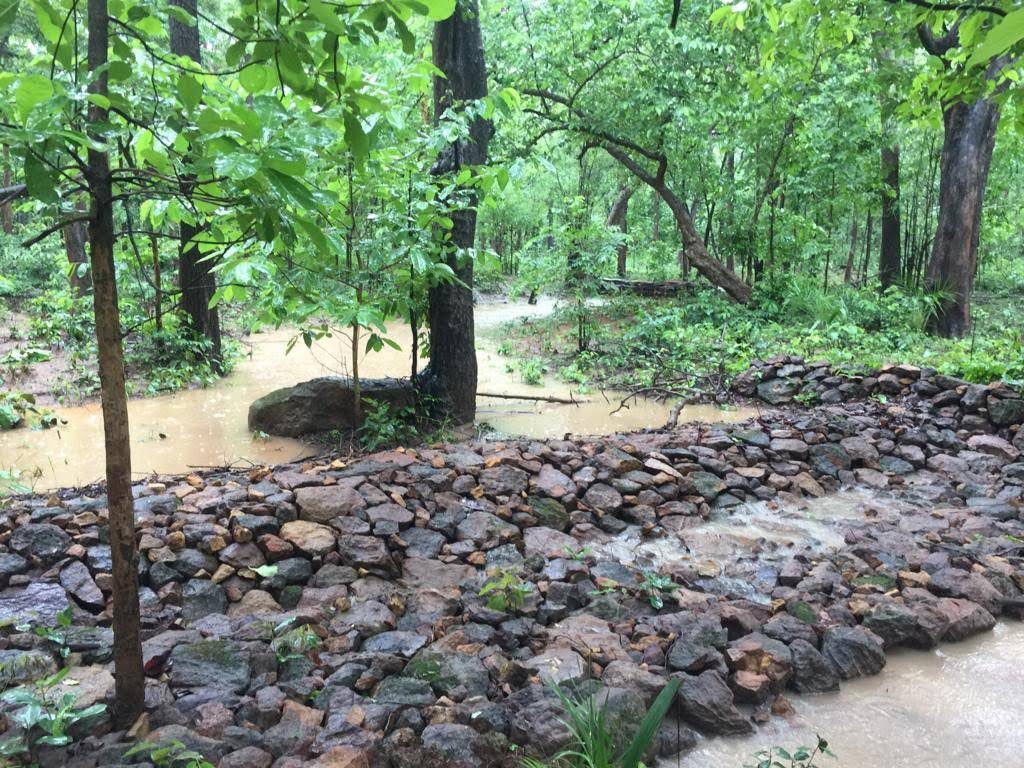
SAVING BIG DAMS
The technique also plays an important factor in saving the dams. When dams are built, they have a fixed height. But after some time, silt starts accumulating in the water of the dam, due to which its height starts decreasing and the dam come into danger. This silt is actually the soil only, which has come along with the flowing water. But with the help of the rock filled technique, the soil is stopped from going into the dam, which increases its life.
Mr. Pargaien said, “In any dam, the water that flows through rivers and other means brings with it a lot of mud silt. But, if we adopt this technique and prevent the soil from going with the flow of water, then soil reaches the dam in very small quantities, which greatly reduces the rate of siltation there. That is why it has to be raised above where the water starts to flow. Then the soil will stop there itself and will not be able to go any further. Only the water will flow ahead.”
How to arrest #soilerosion to improve its productivity ? #DYK Rock filled dams across local gullies r made from stones for storage of water and to arrest soil erosion . #SaveSoilMovement #savesoilaction @cpsavesoil @theGSBI @Sadik_IFS @BeeAsMarine pic.twitter.com/CpbV3fBYk4
— Mohan Pargaien IFS🇮🇳 (@pargaien) August 21, 2022
EMPLOYMENT OPPORTUNITIES
A big aspect of this technology is that it provides employment at the local level and the ground water level also improves. The best part is, it doesn’t require too many skills. Thus, employment is available, soil is conserved, and environment is protected. Also, it does not take much to make them, neither much cost nor much skill, but water gets saved. That is is why, it is also called low cost water harvesting.

